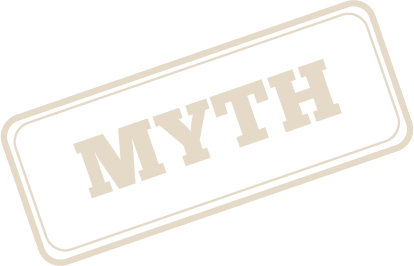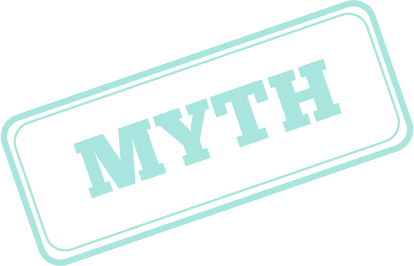
I’ve always been overweight, it’s just my normal body size
Although some people do have a predisposition to be overweight, having a balanced diet and active lifestyle can go a long way to countering a person’s genetic inheritance. Find out if you are a healthy weight in order to live longer, feel better and protect against cancer.
Tips
- Measure your waist circumference – less than 94cm (37 in) for men and 80cm (31.5 in) for women means your abdominal fat is in check which will help to reduce your risk of cancer.
- Find out your body mass index (BMI) which calculates if you’re a healthy weight for your height – between 18.5 and 25kg/m2 is considered the normal range.
- Stay as lean as possible within the normal range of body weight to reduce your risk of cancer.



